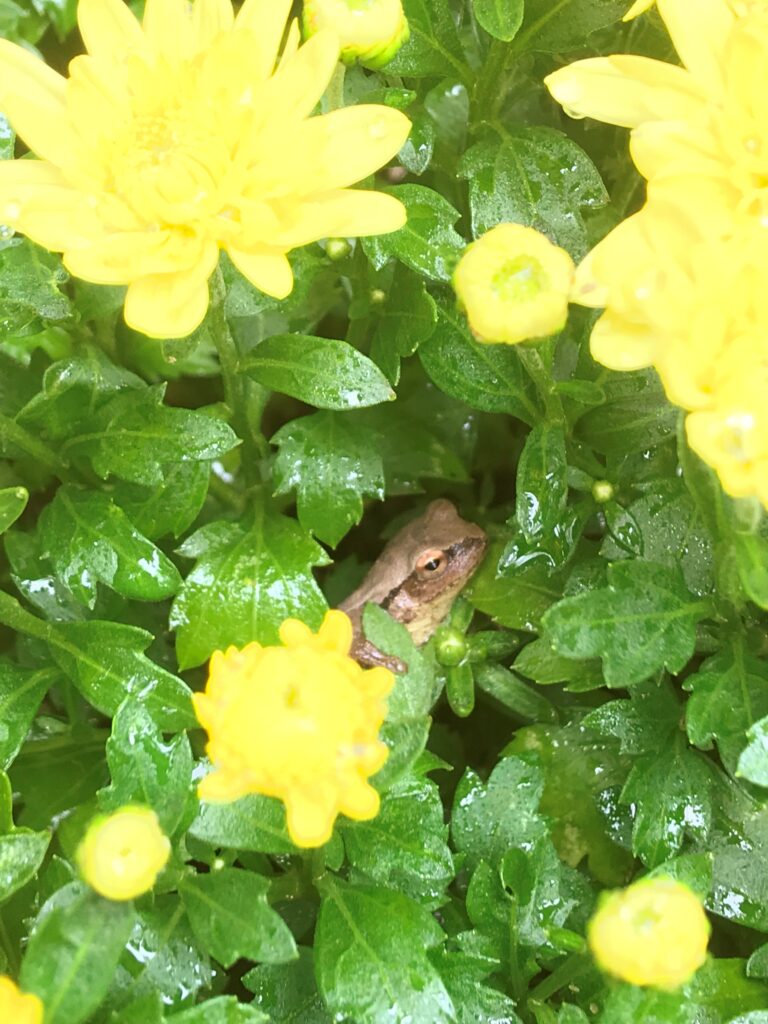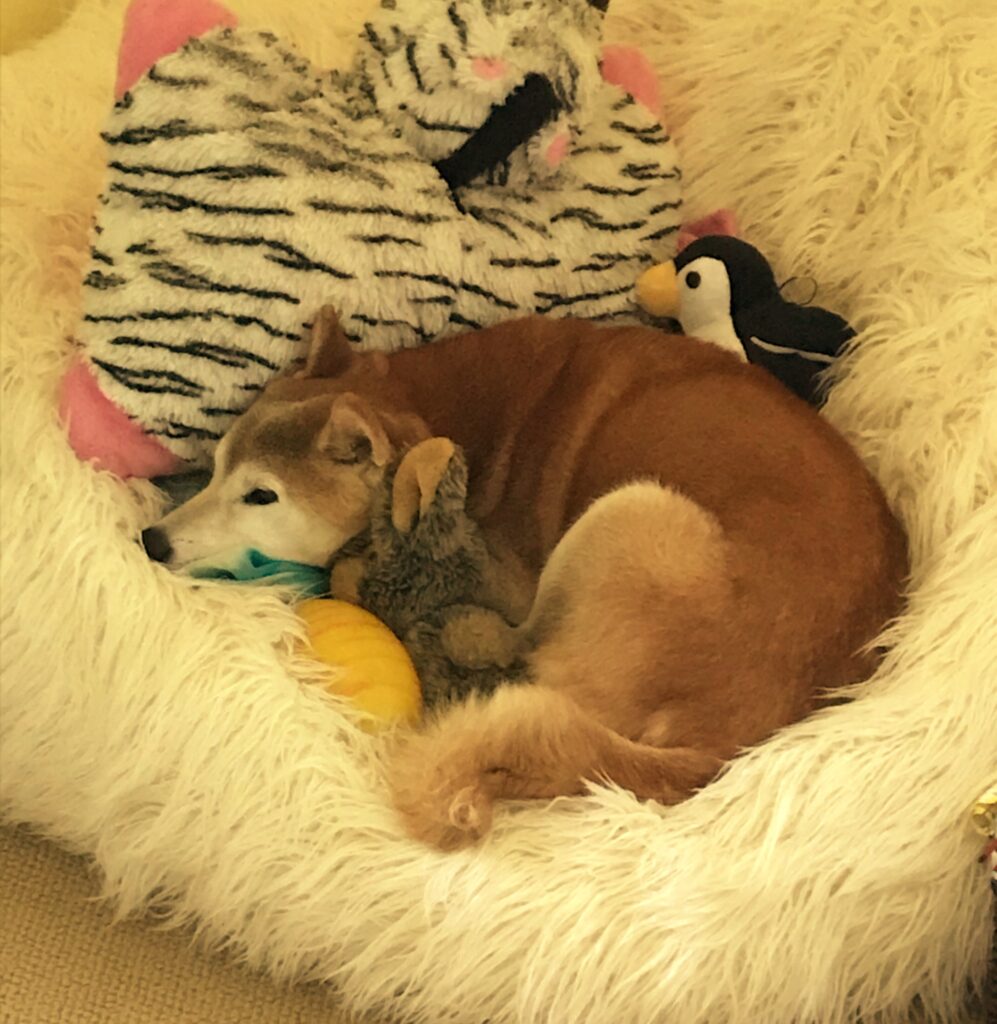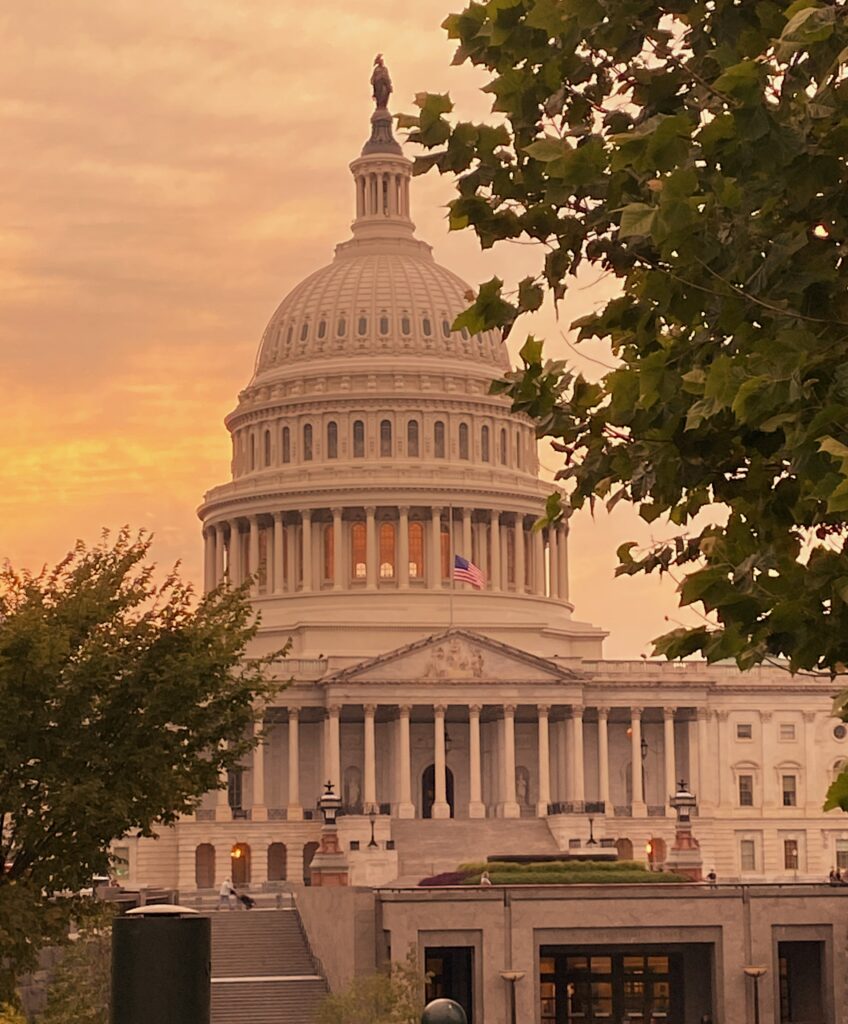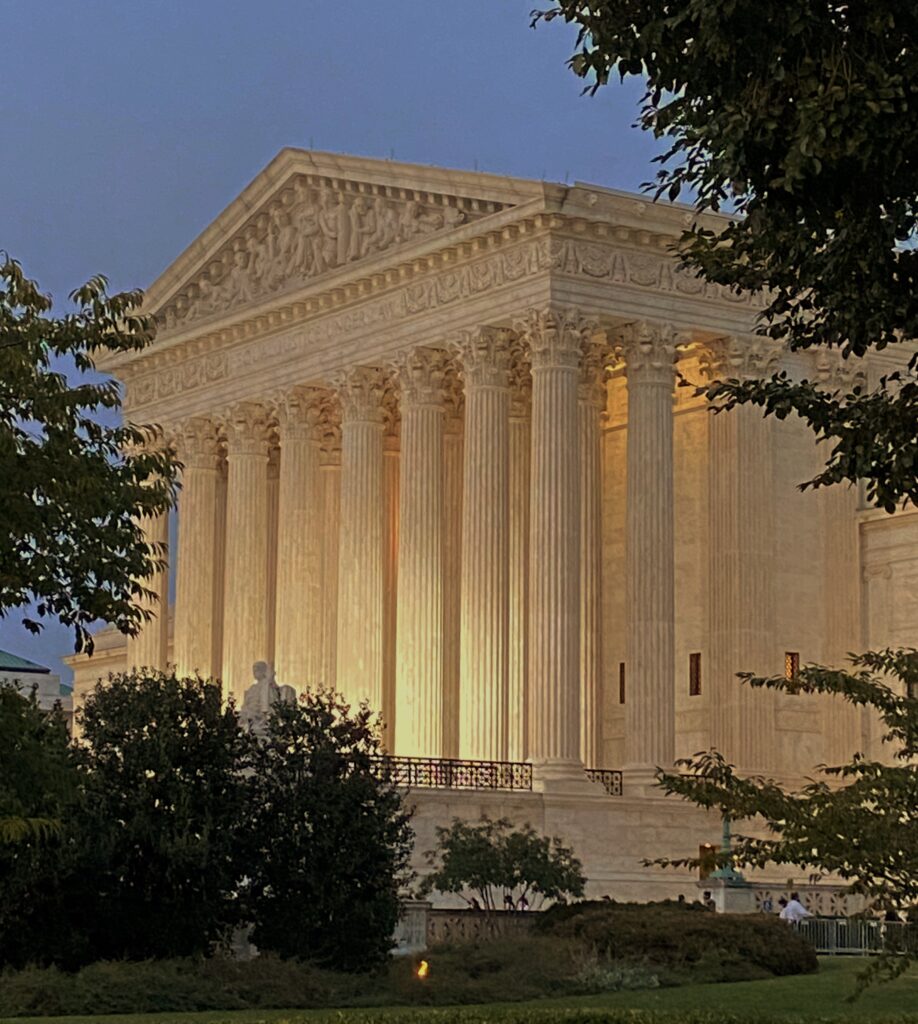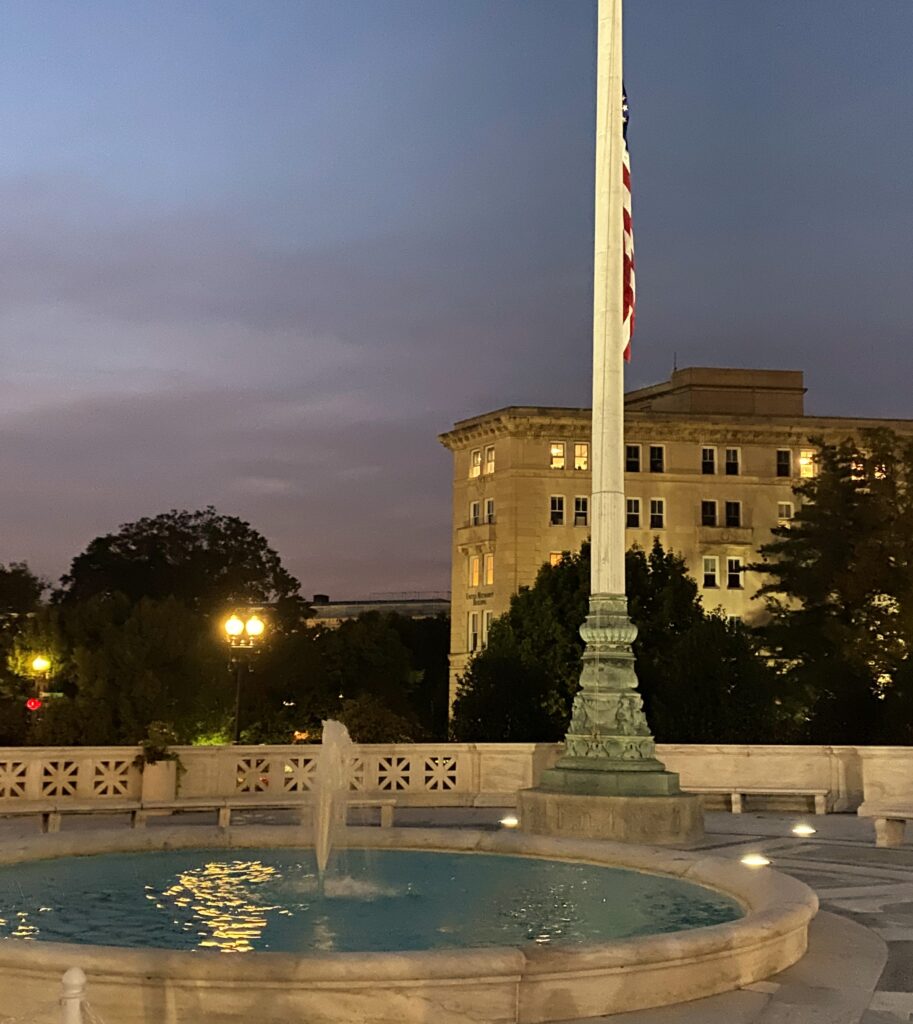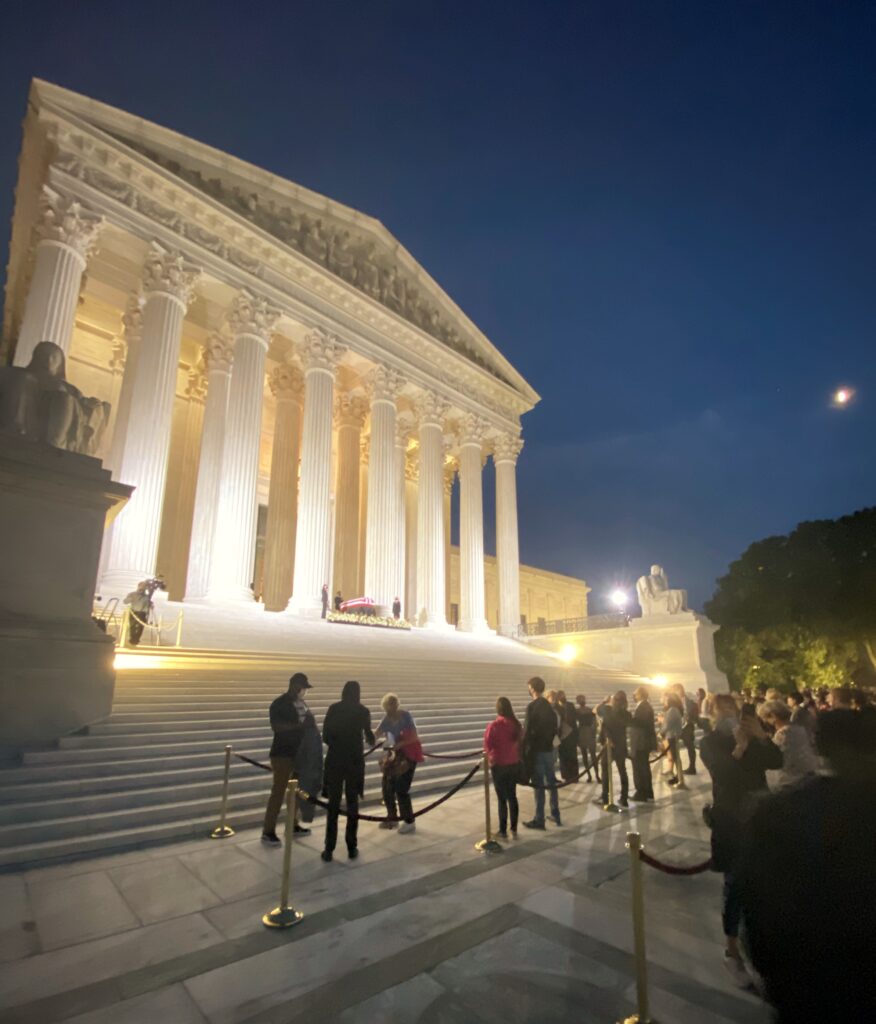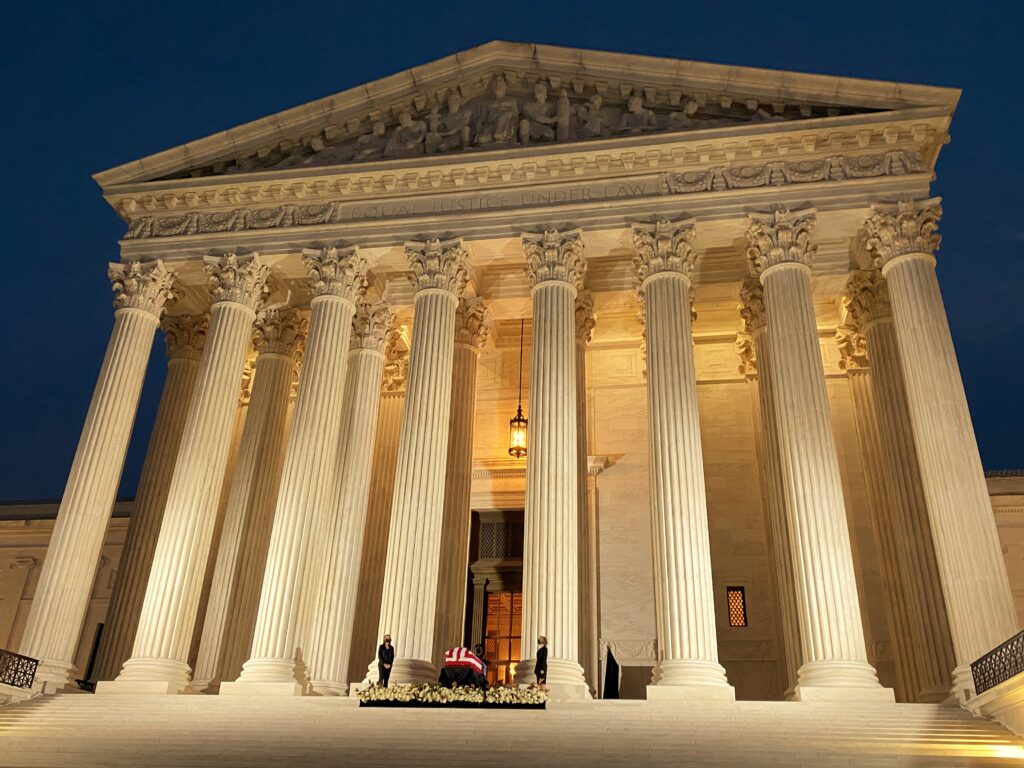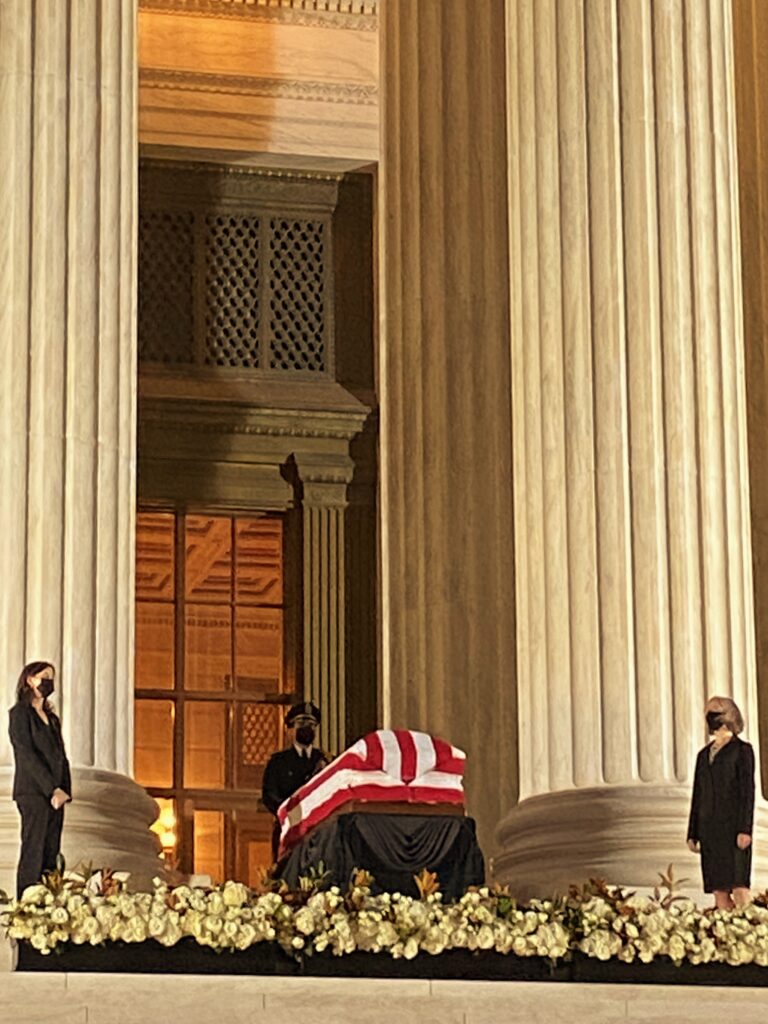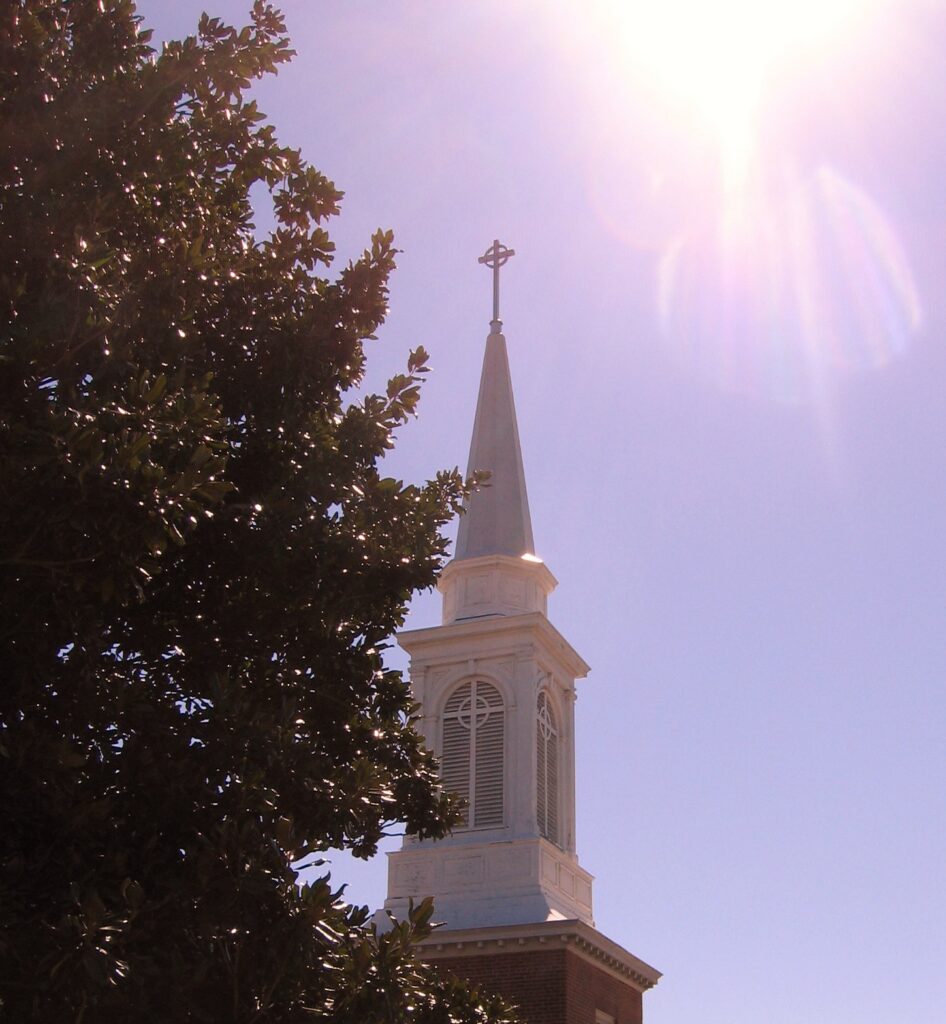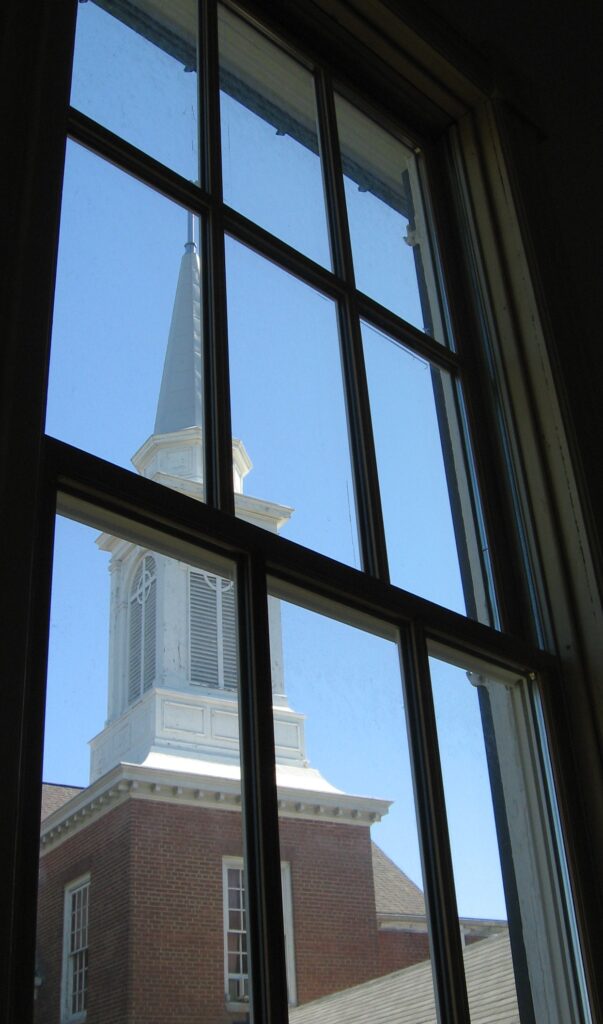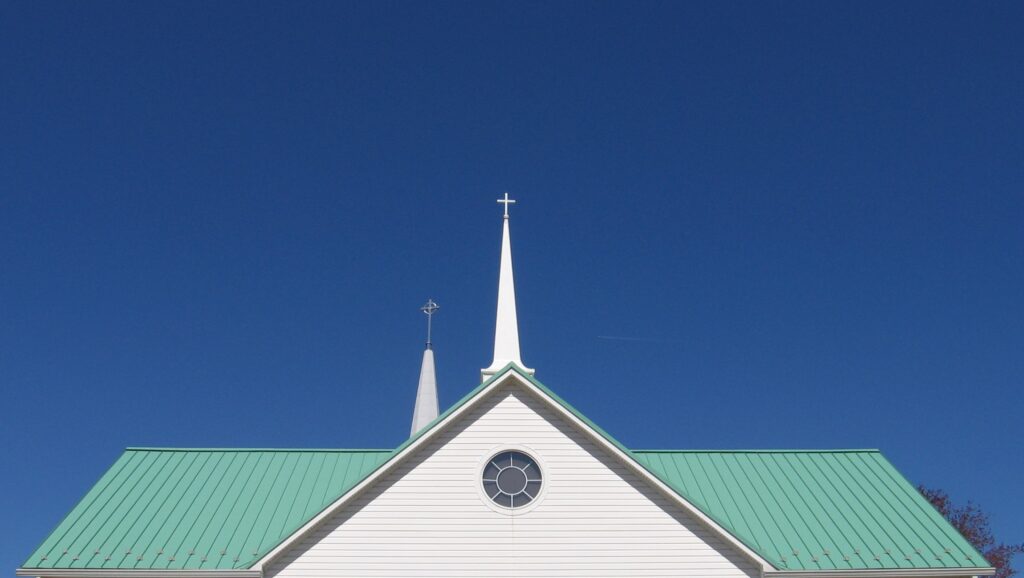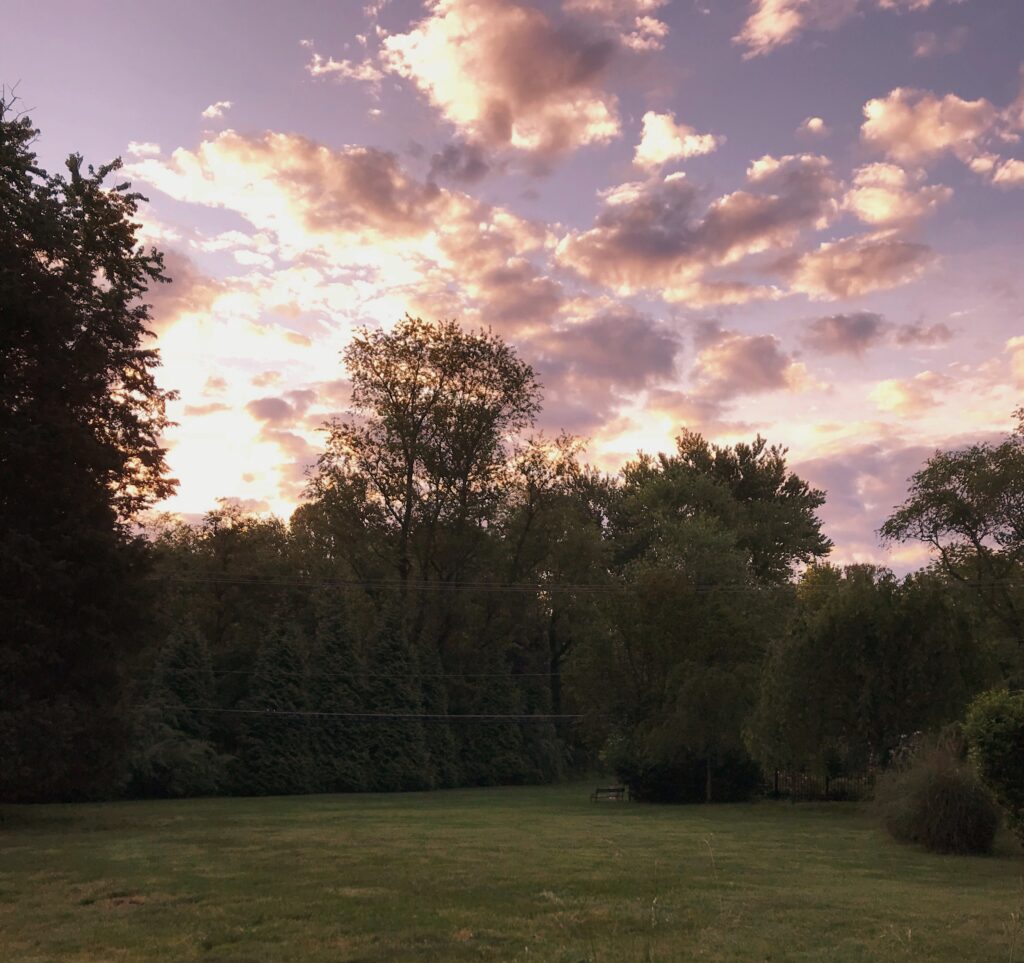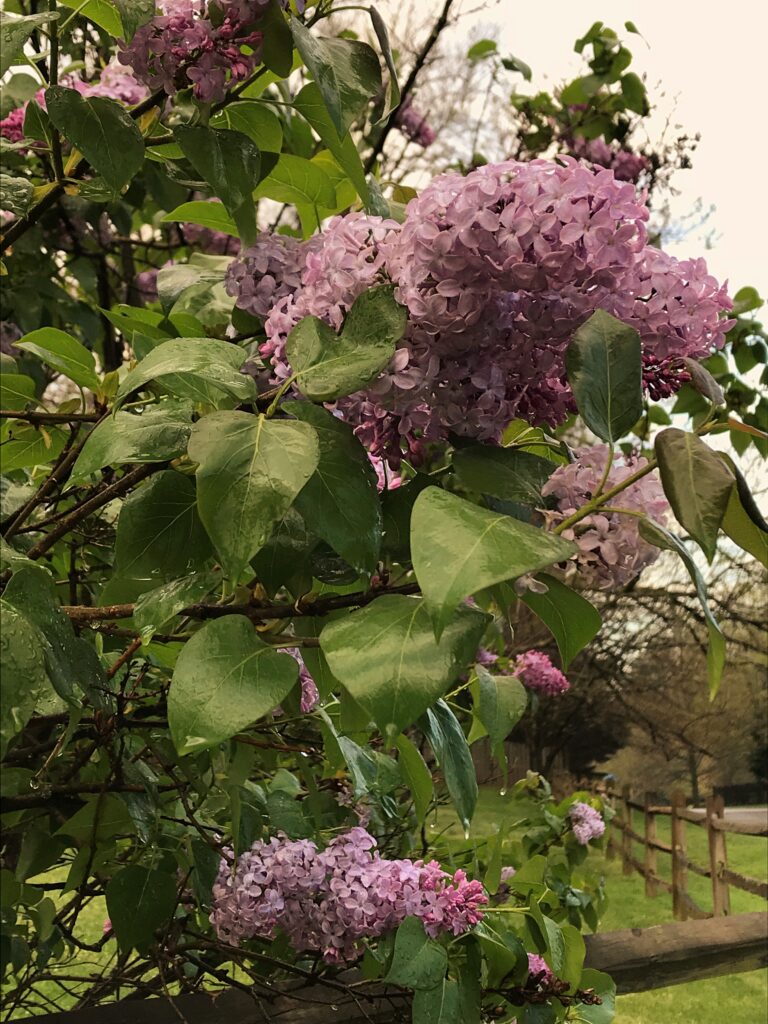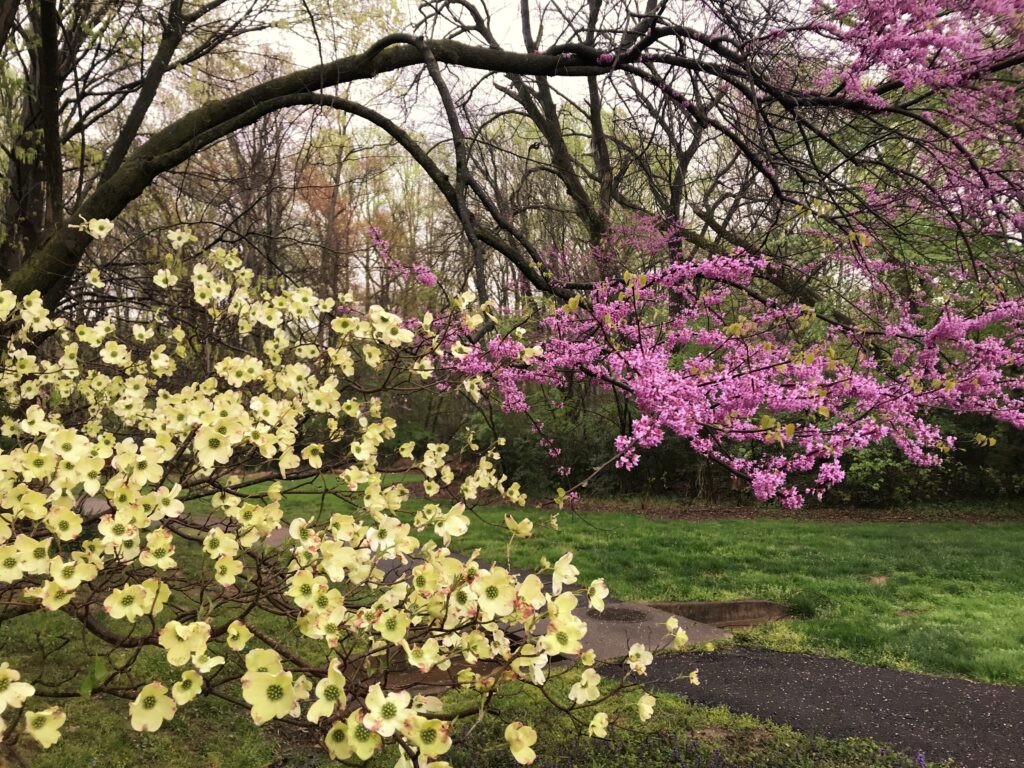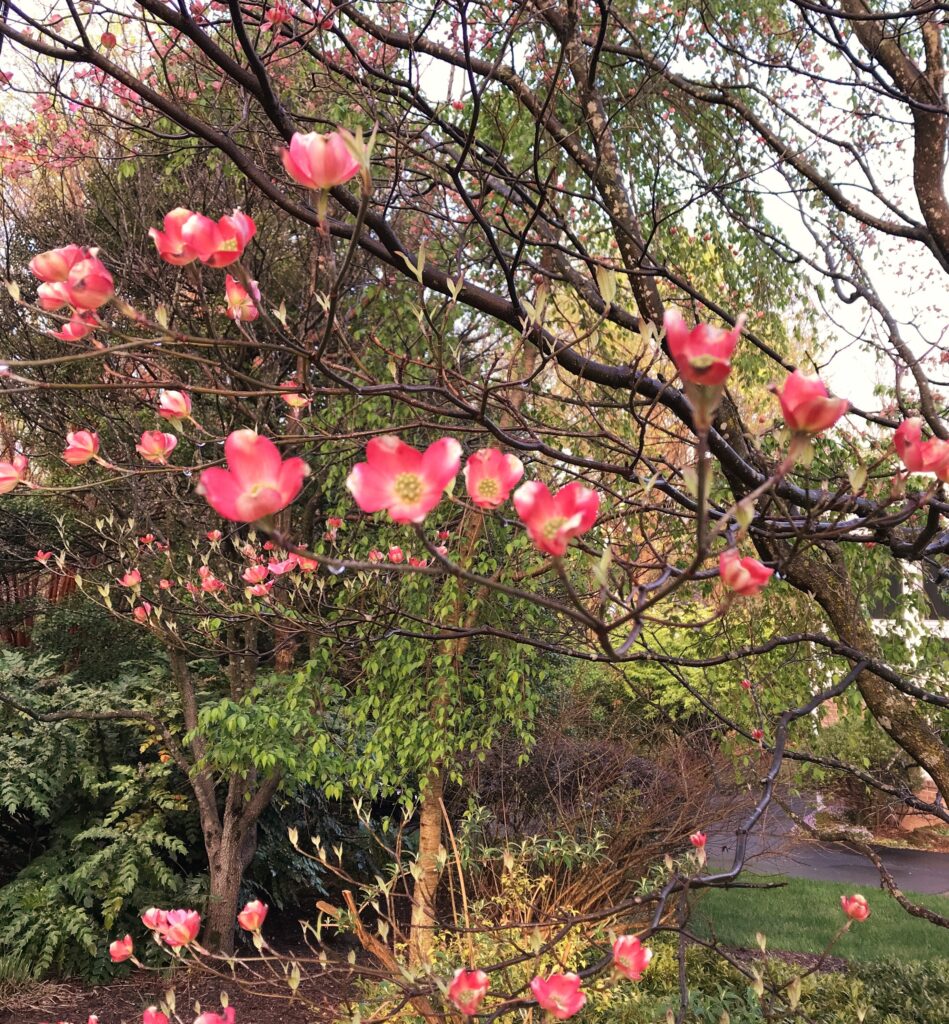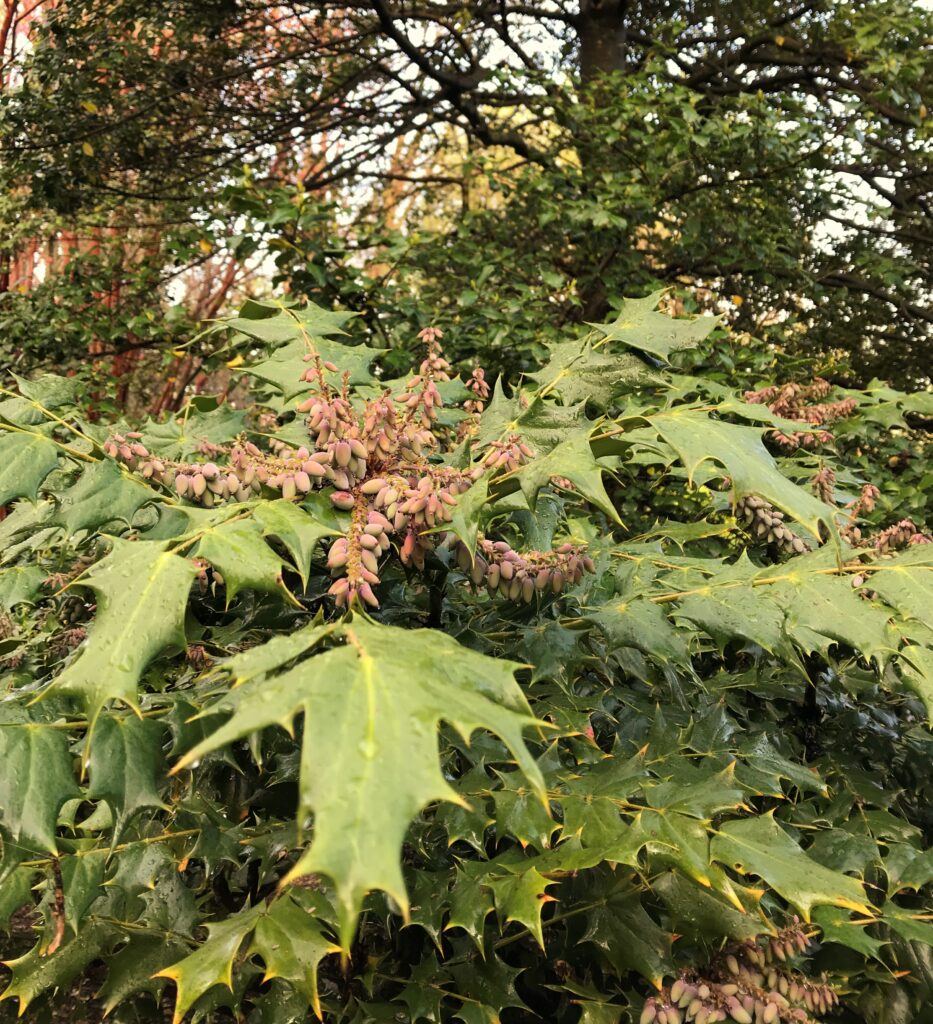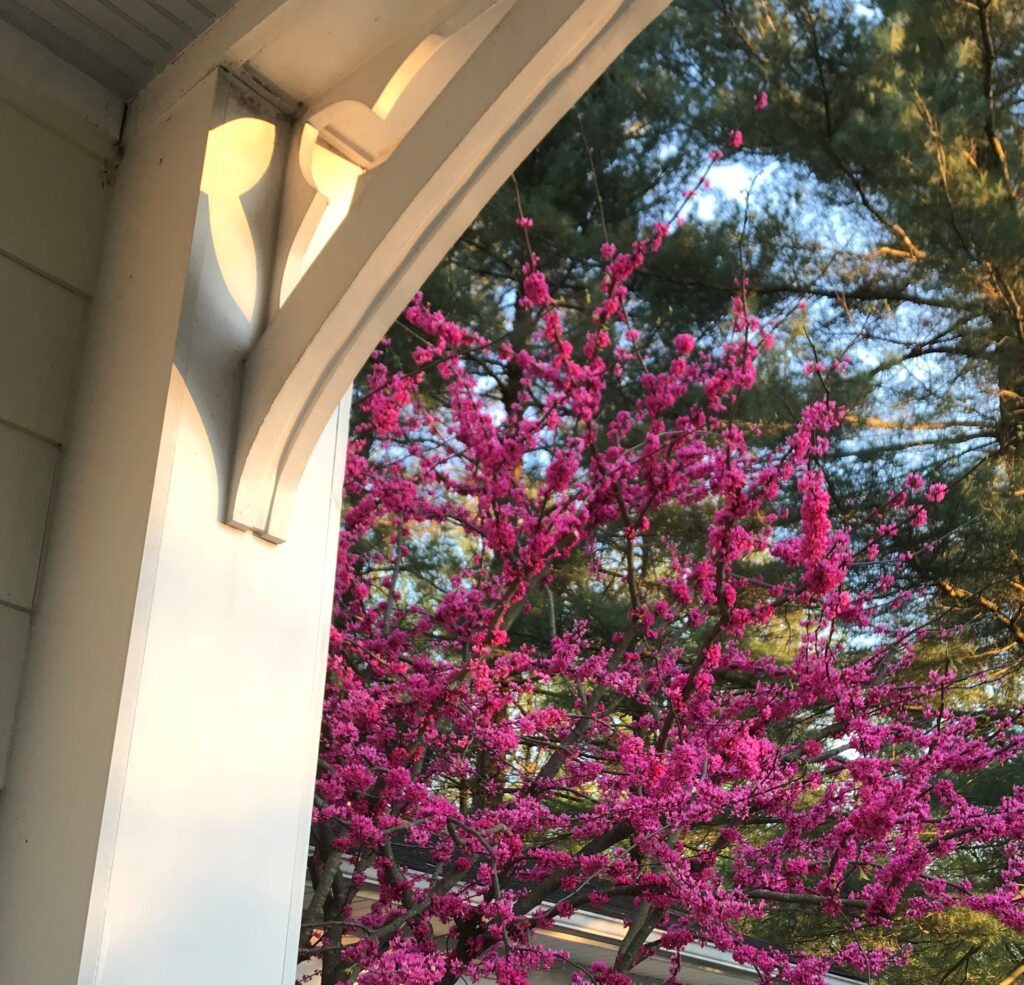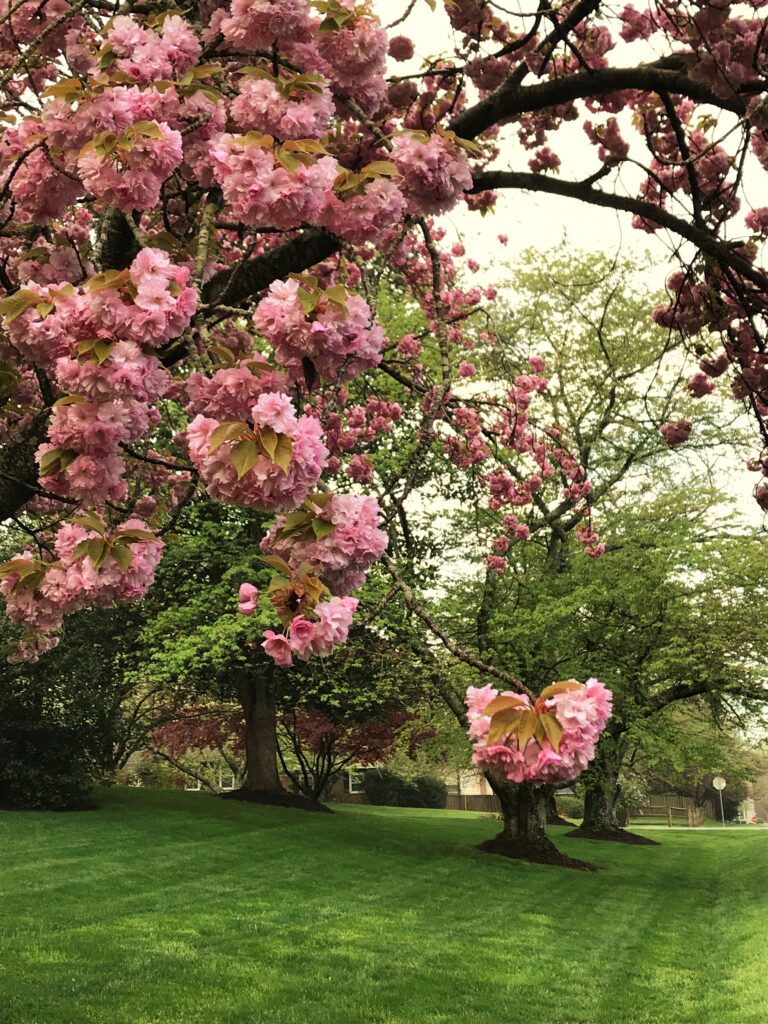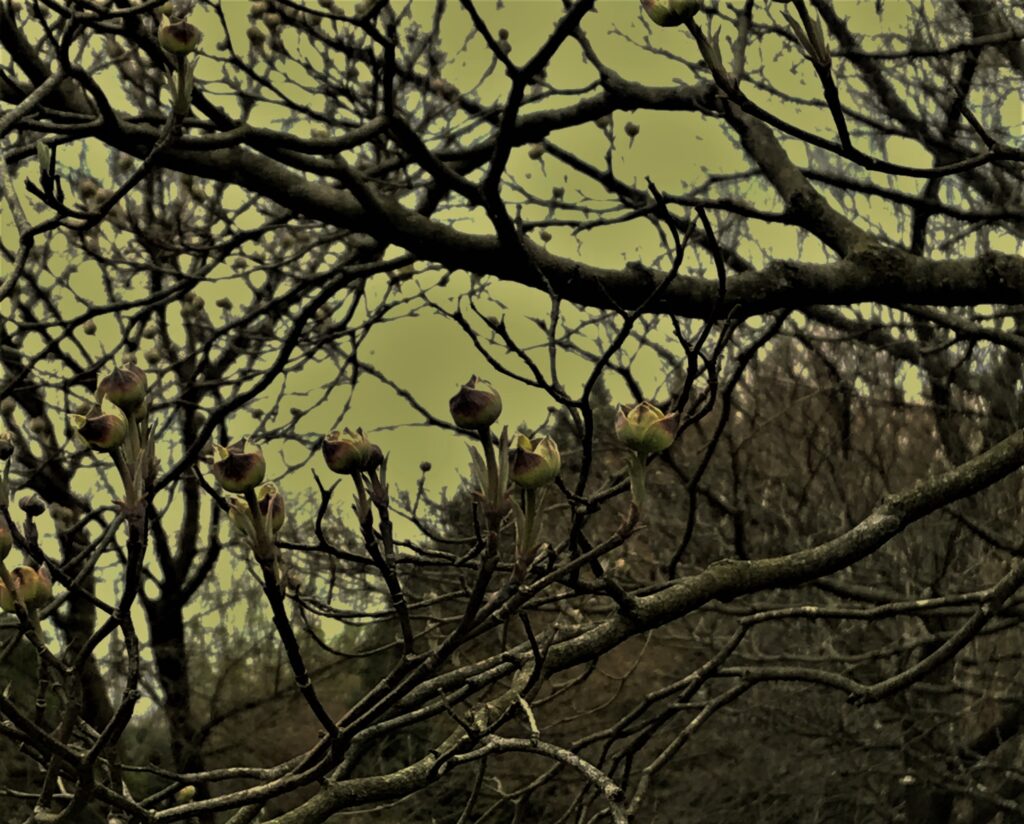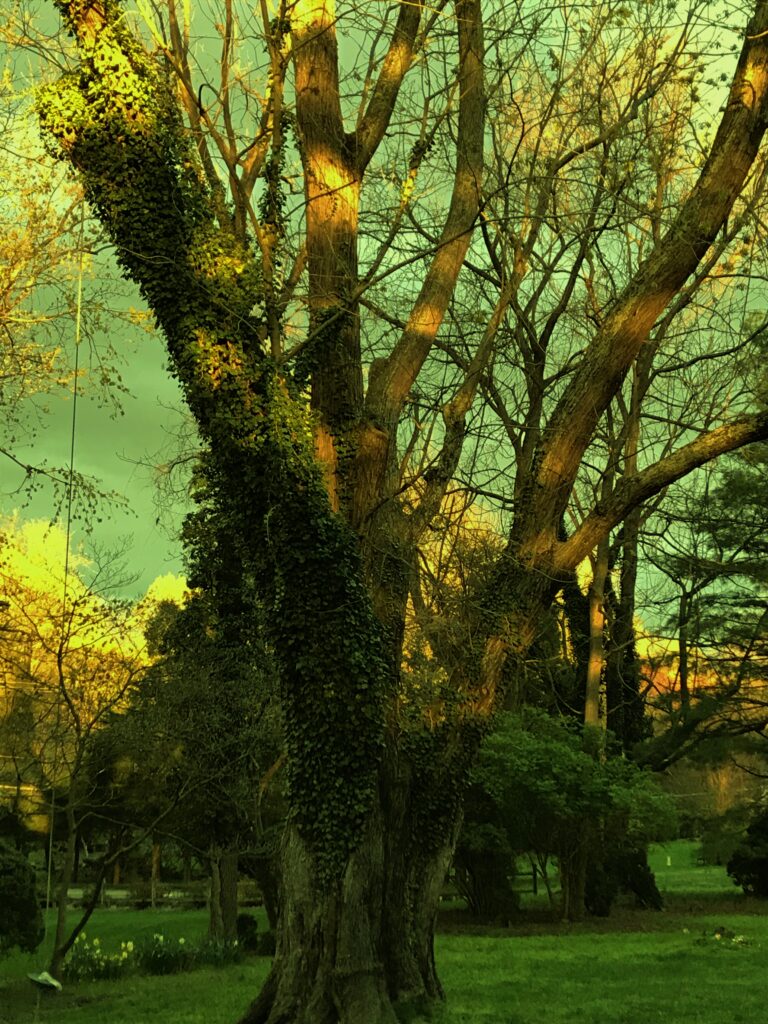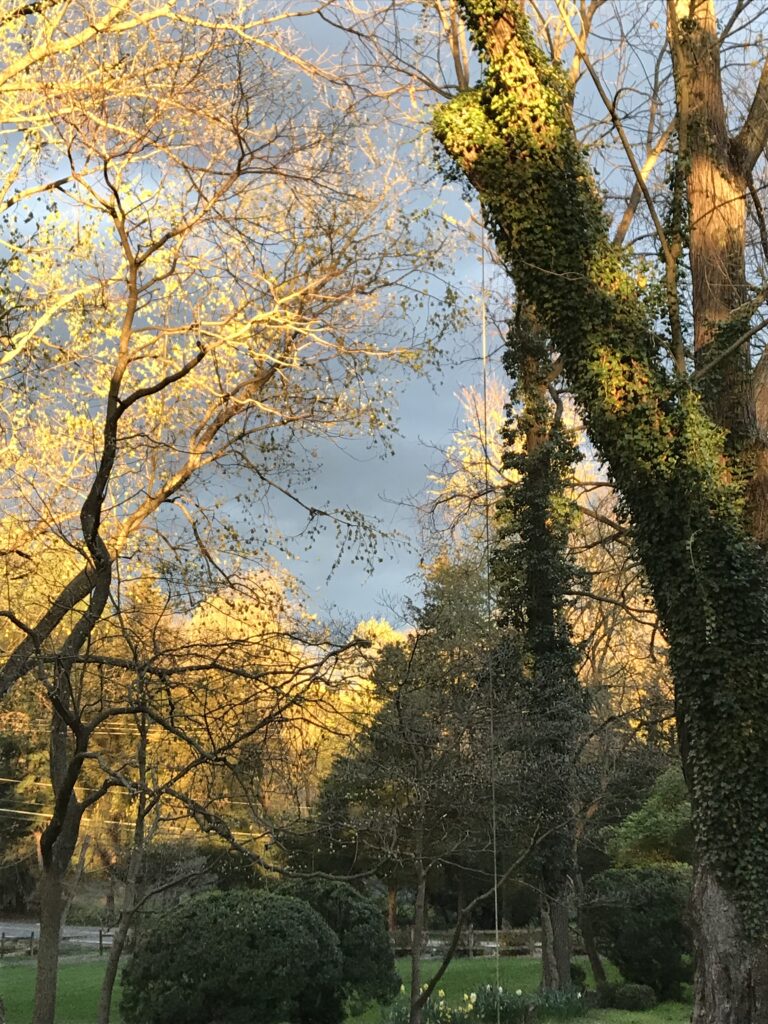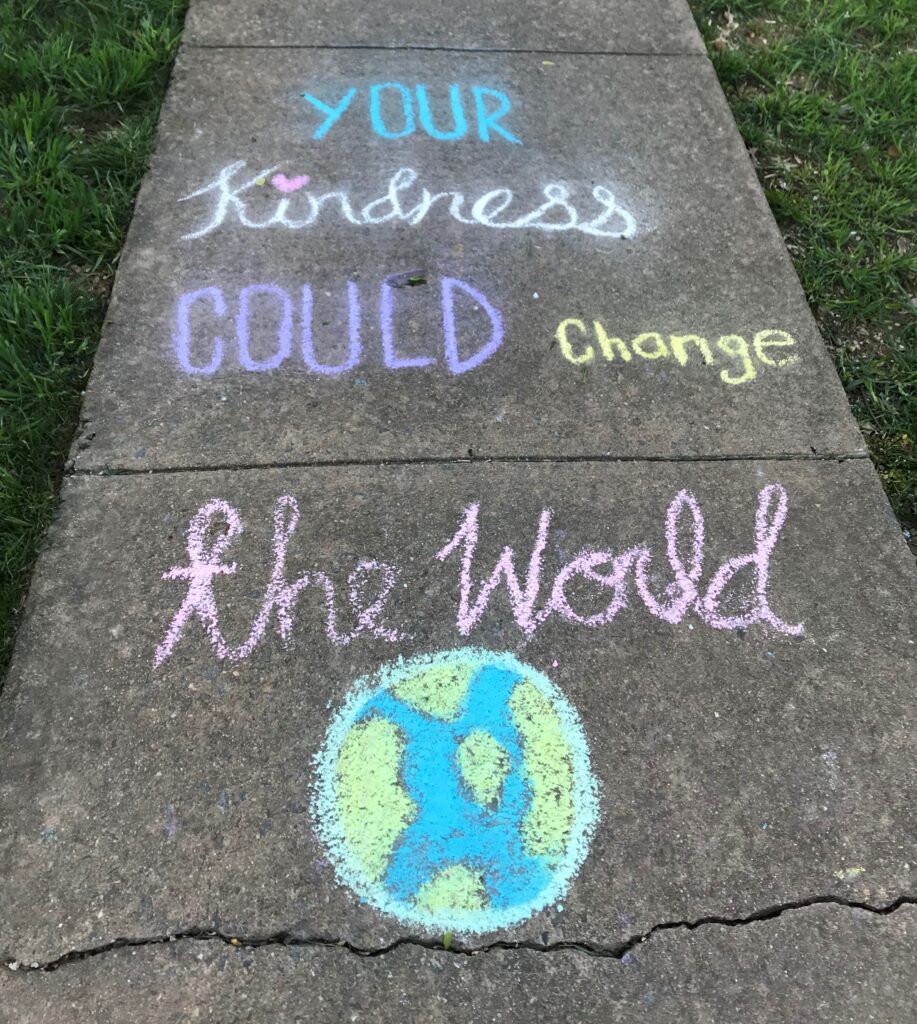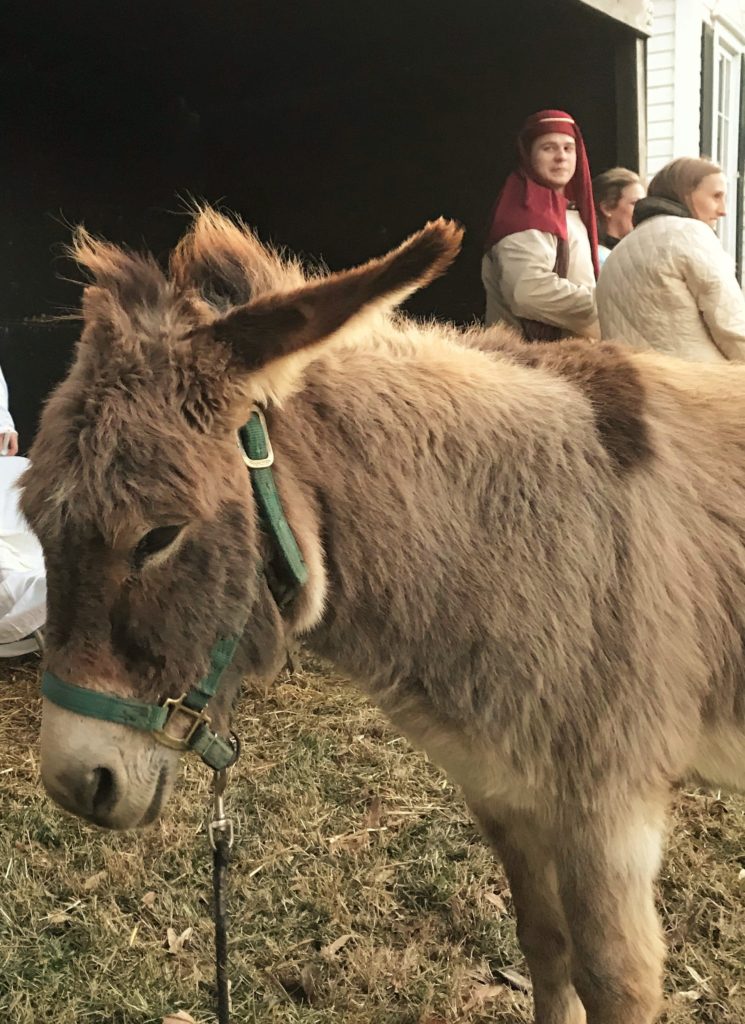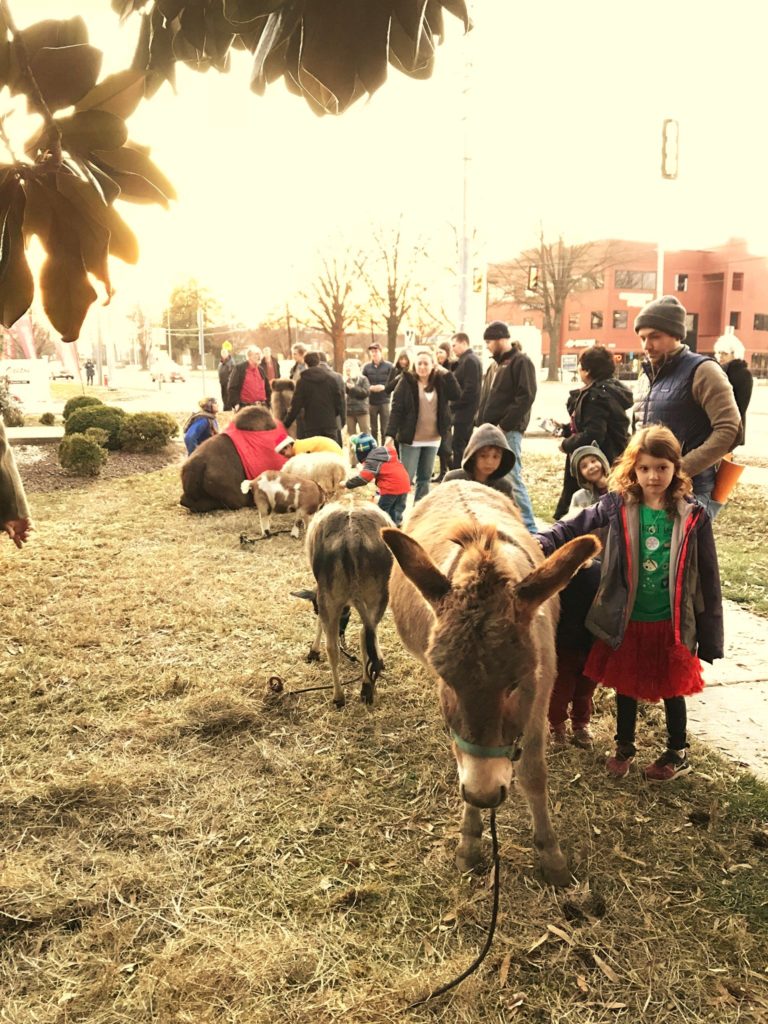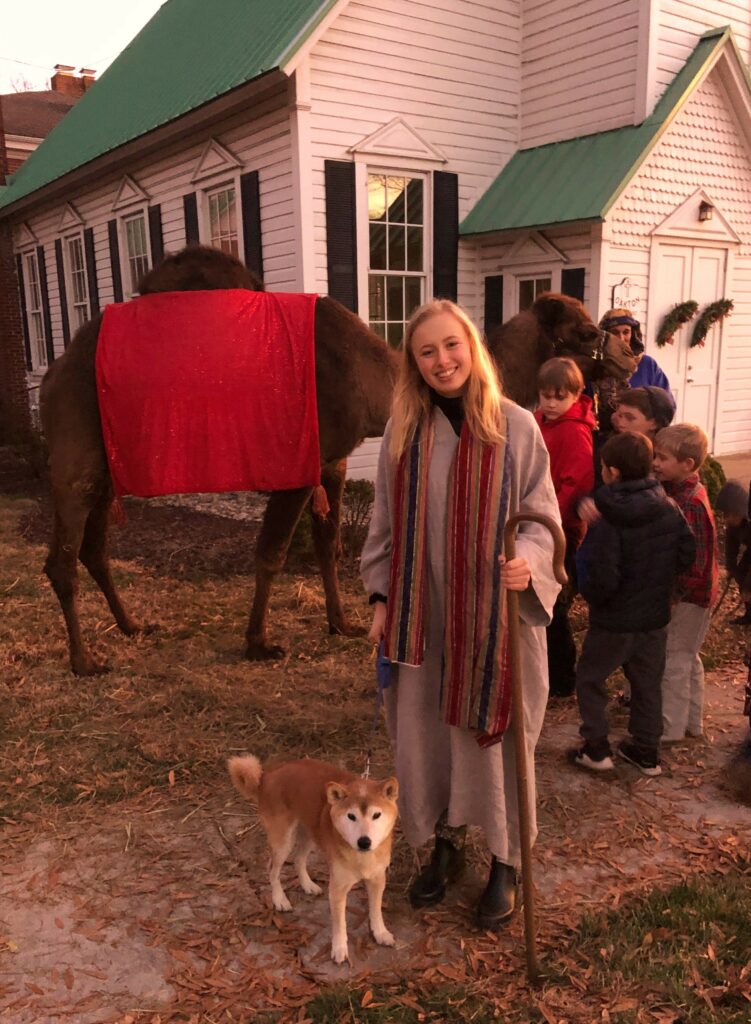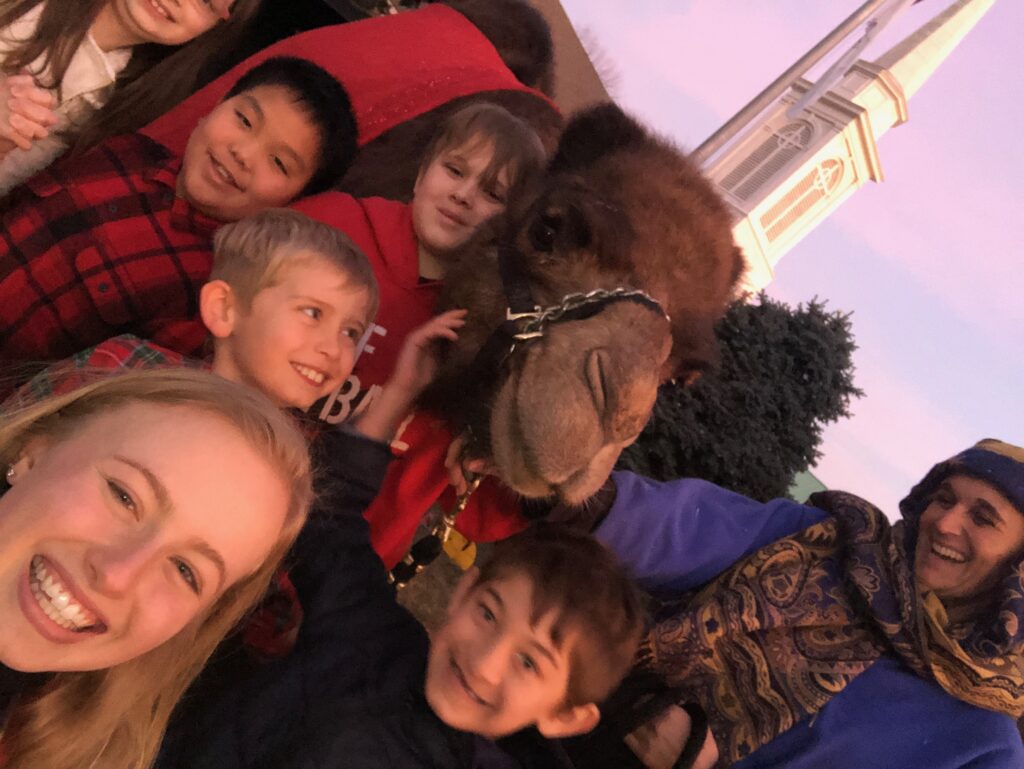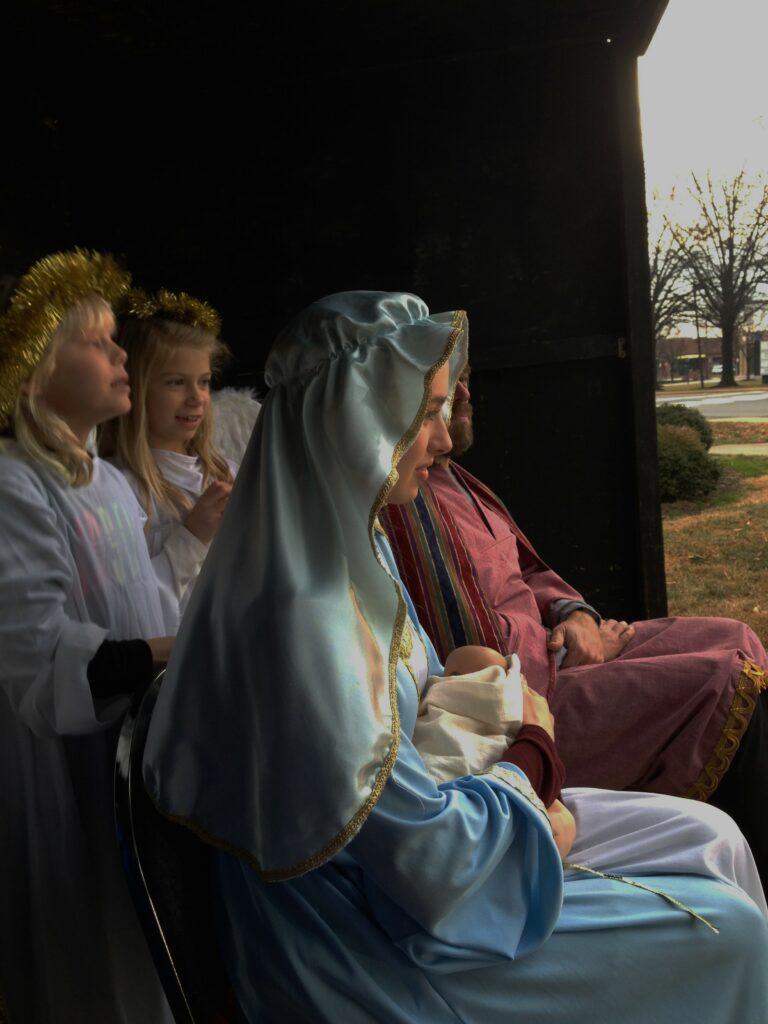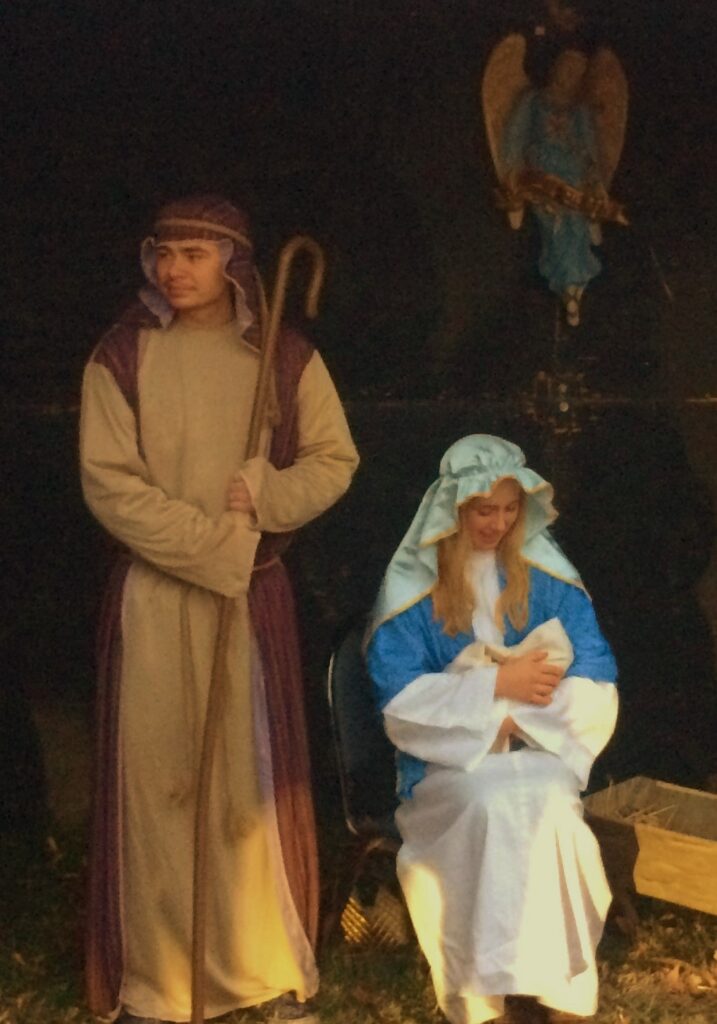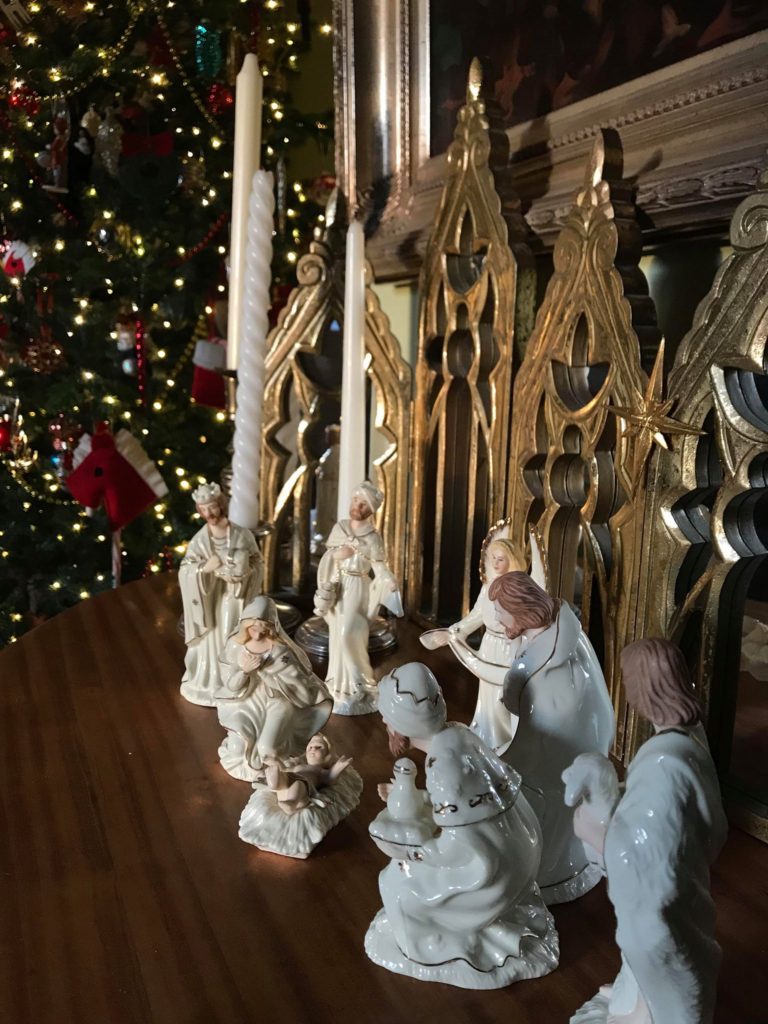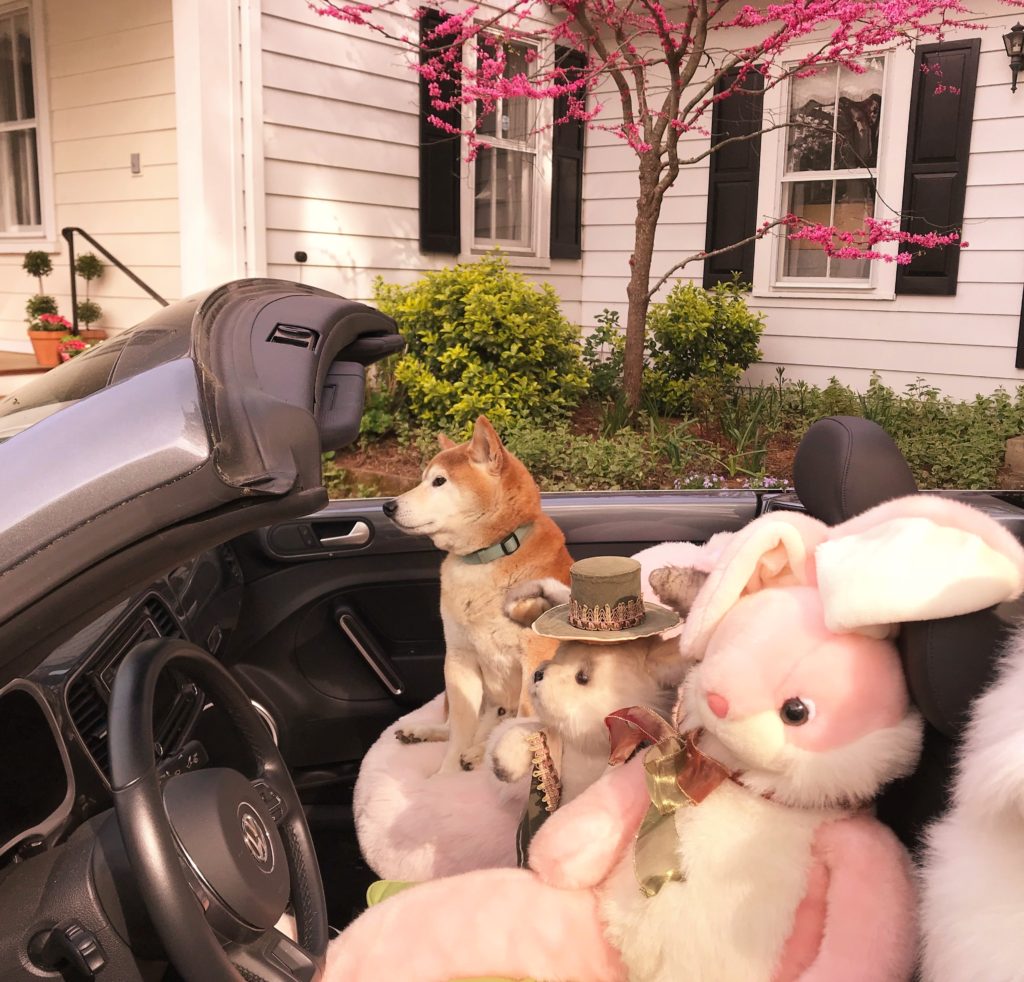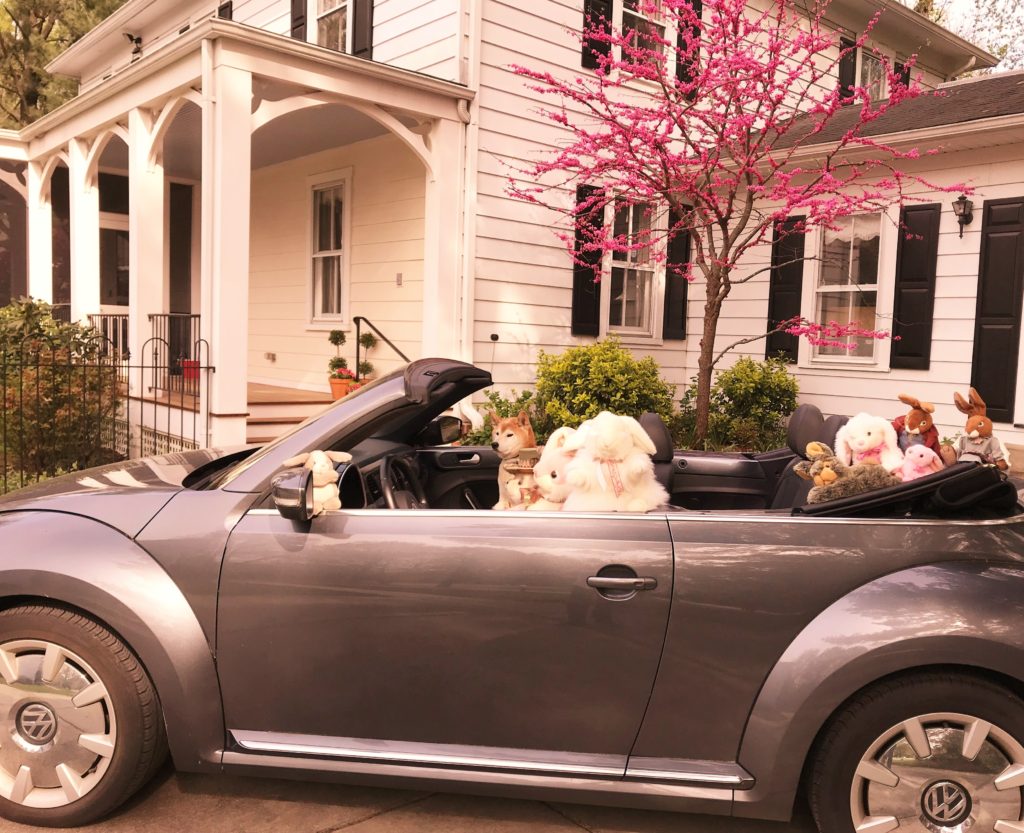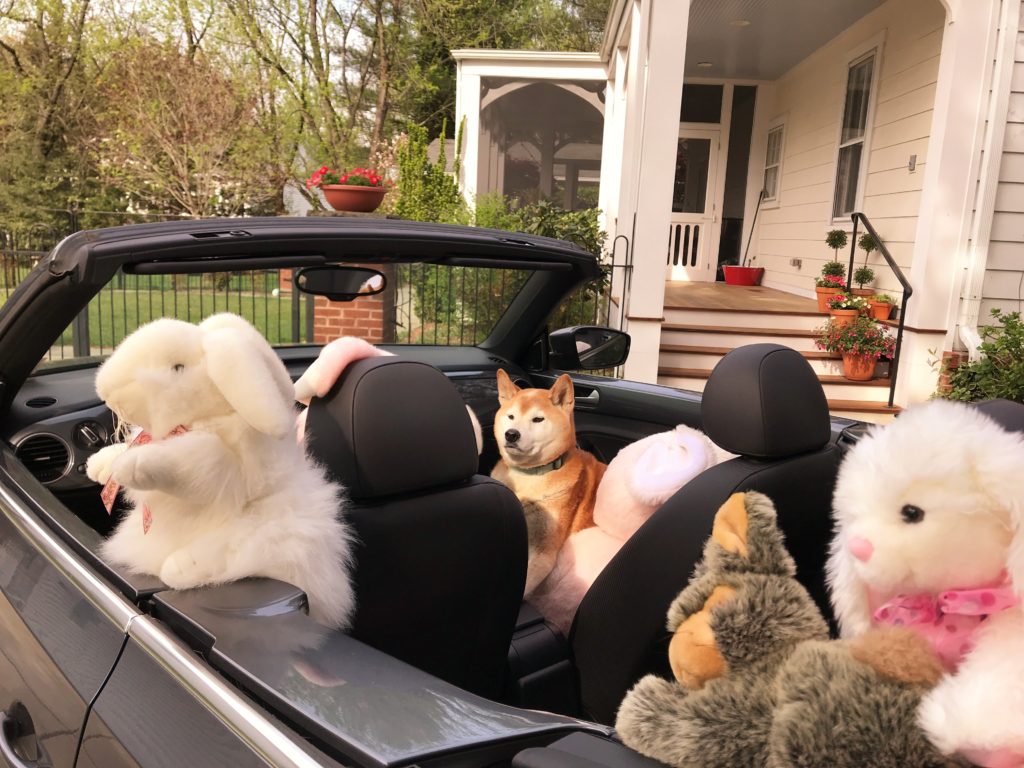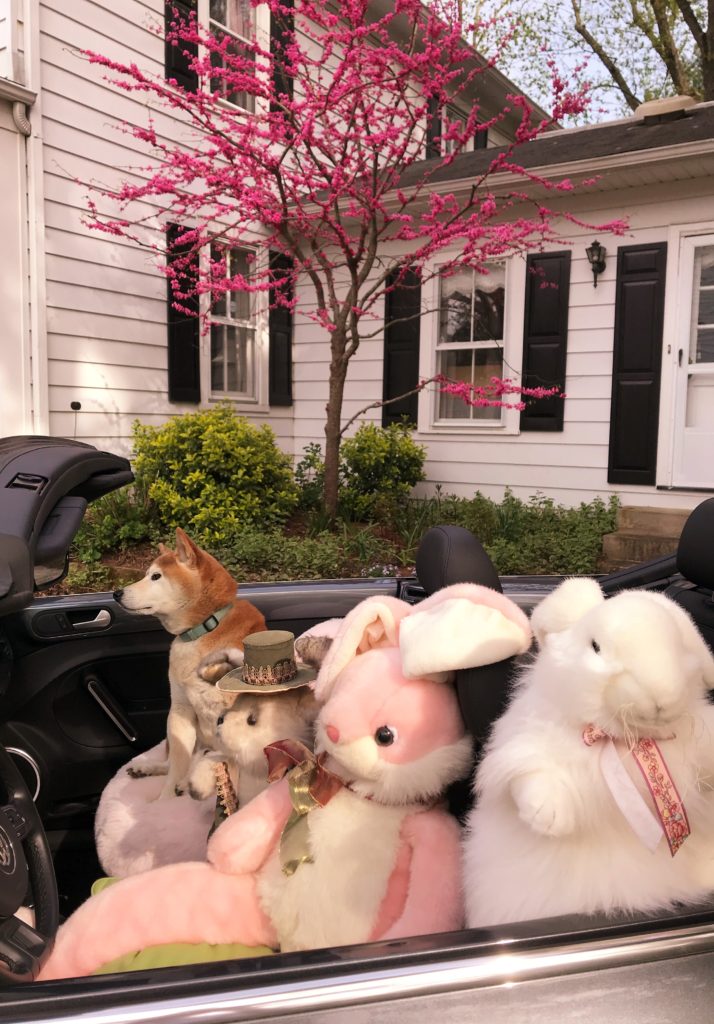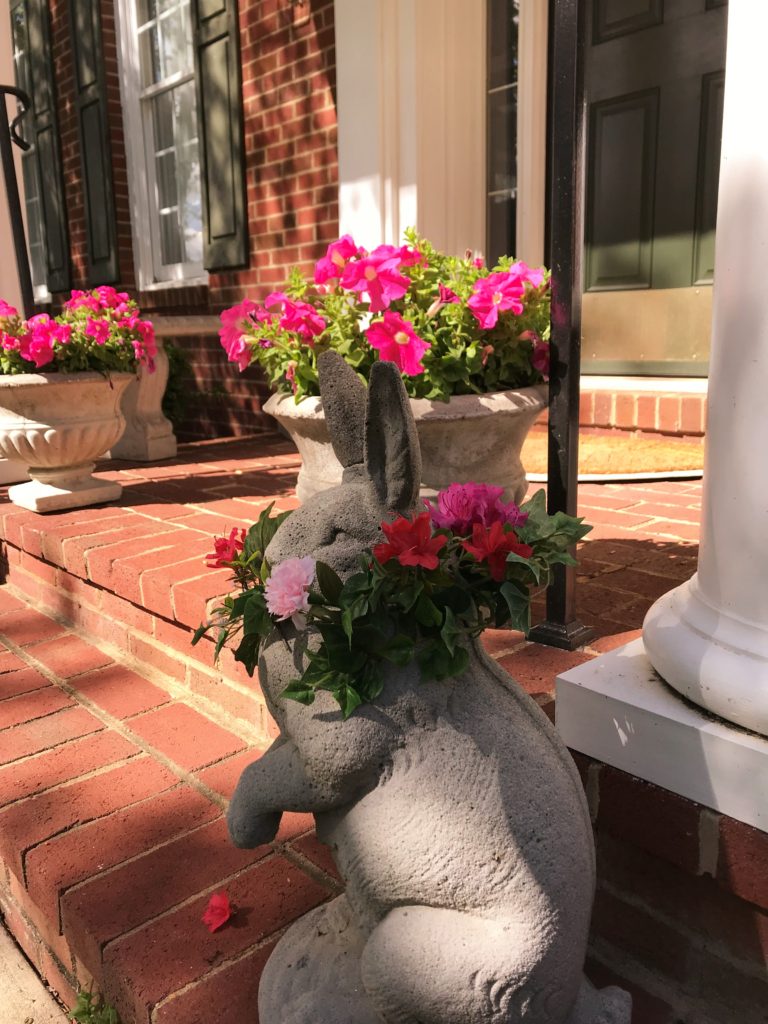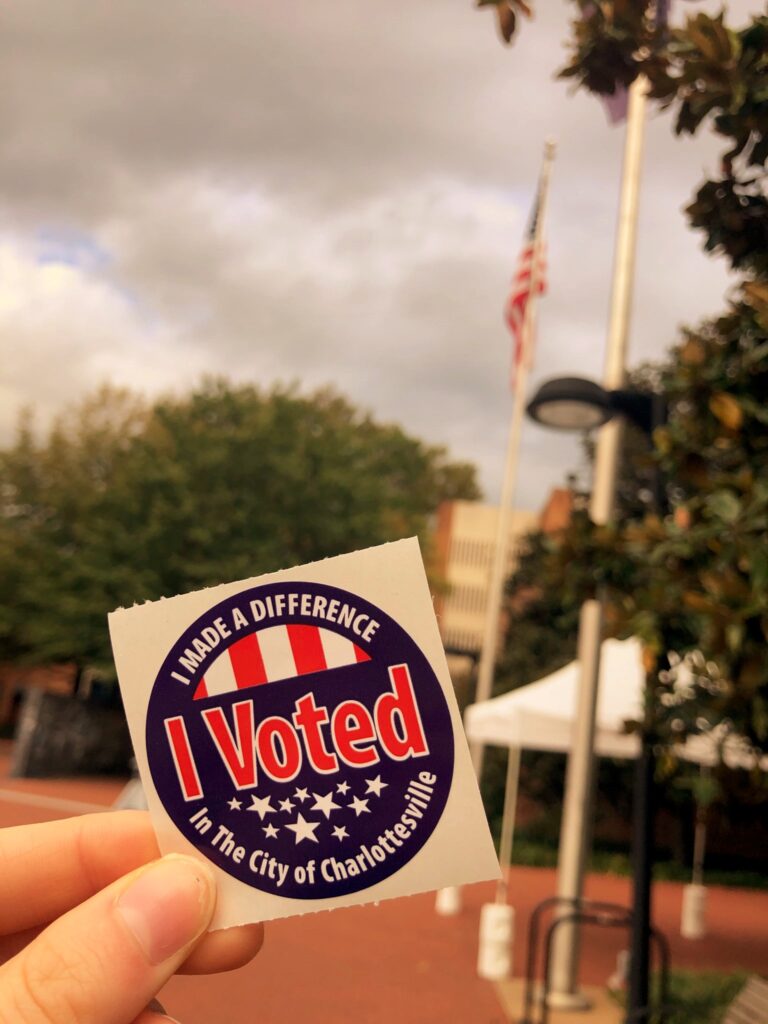
If, in the unlikely event that you have not yet voted, and have not yet decided how to vote, here is some last-minute food for thought.
One candidate’s modus operandi can be boiled down to a familiar childhood taunt, based on the lie. The blatant, aggressive, unyielding lie. We’ve all heard it: I’m not. You are! For example: I’m not a cheater. You are! There’s also this variation: I didn’t do it. You did! As in: I didn’t kick the dog. You did! The pronoun “you” is replaced as needed.
For most of us, the ridiculousness of this tactic is readily apparent. We know we’d be called out immediately as a liar and a fraud. But for bullies, who wield power through fear, and never, never, back down from the lie, it’s highly effective.
It has proven to be a surprisingly successful strategy for a president surrounded by a cadre of sycophants. He uses it to shirk responsibility and to deflect blame. It works well when the only objectives are self-preservation and self-aggrandizement. In his words and actions, this president demonstrates, repeatedly, that he cares only for himself. Not for his fellow Americans or the fate of our country. This is especially apparent in his handling of the Covid-19 pandemic. And now that he, thanks to health care largely unavailable to the typical American, has survived the coronavirus, he feels more powerful than ever. He uses our Department of Justice to fight his own personal battles, and he seeks revenge on those who have crossed him. Another formidable weapon that works to his advantage is the rabid eagerness of loyal media allies to sow and nurture seeds of disinformation. I had hoped Donald Trump’s election to the presidency would prompt him to rise to the level of the office. It didn’t. Instead, he threatens the very future of our democracy. Think what he might do, unchecked, in a second term.
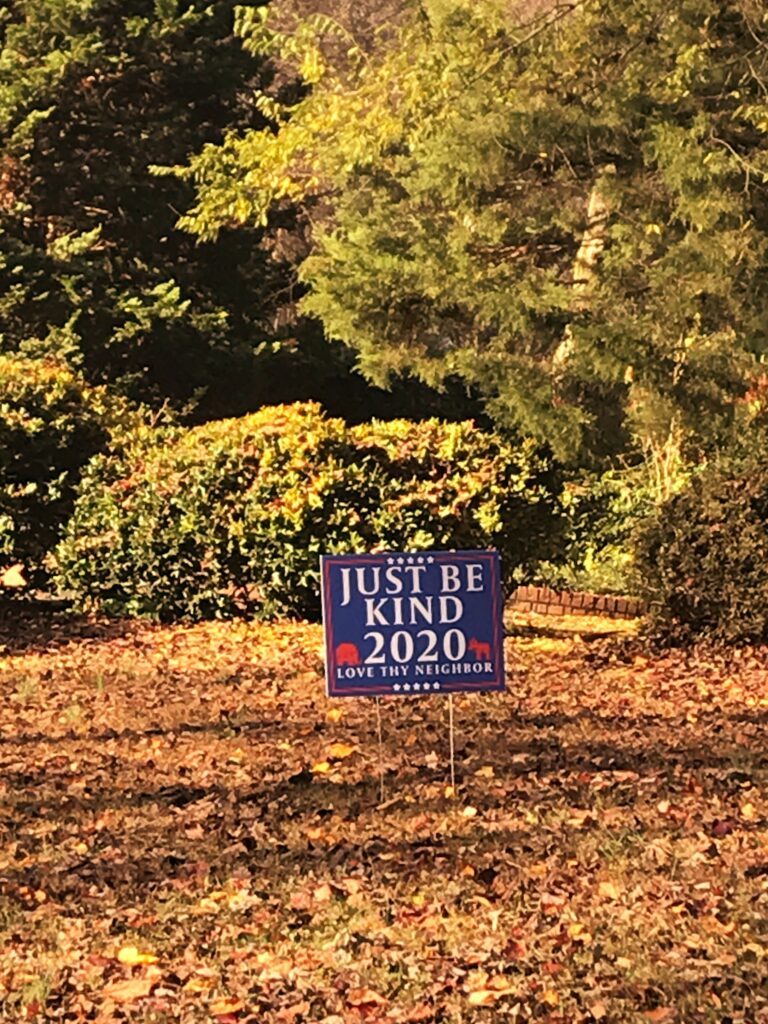
The other candidate is another human person, who has his flaws, as humans do. He’s been known to misspeak, as humans do. Traces occasionally remain of the childhood stutter he worked hard to overcome. But he is most certainly not a bully seeking to be a demagogue. He is an honorable, capable, experienced, compassionate public servant. Those last two words are very important. Unlike our current president, his goal is serving the U.S. and his fellow citizens. He has done so, for years, as a Senator and as a two-term Vice President. He has a proven record. He pledges to continue to do his best to improve the lot of working Americans, and he will put actual plans in place to do so.
And finally, for my friends who identify as Christian, there’s this warning from 2 Timothy 3: 2- 5:
For people will love only themselves and their money. They will be boastful and proud, scoffing at God, disobedient to their parents, and ungrateful. They will consider nothing sacred. They will be unloving and unforgiving; they will slander others and have no self-control. They will be cruel and hate what is good. They will betray their friends, be reckless, be puffed up with pride, and love pleasure rather than God. They will act religious, but they will reject the power that could make them godly. Stay away from people like that!
Which of the two presidential candidates best fits this description?
I make this modest proposal: Why not follow biblical advice to avoid the candidate so perfectly described here, and vote for the other guy?
Why not?

